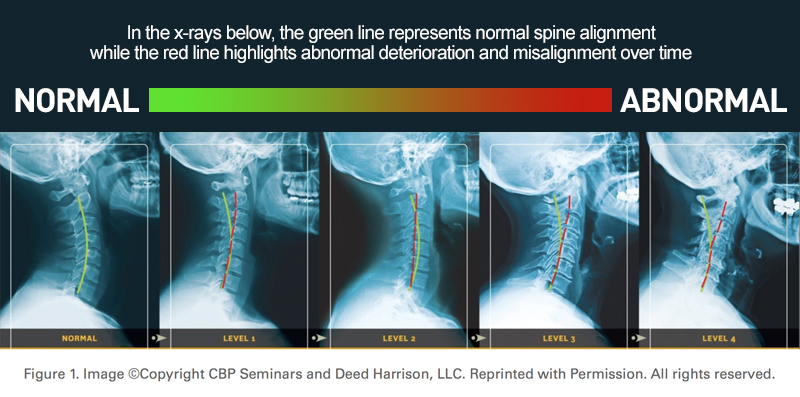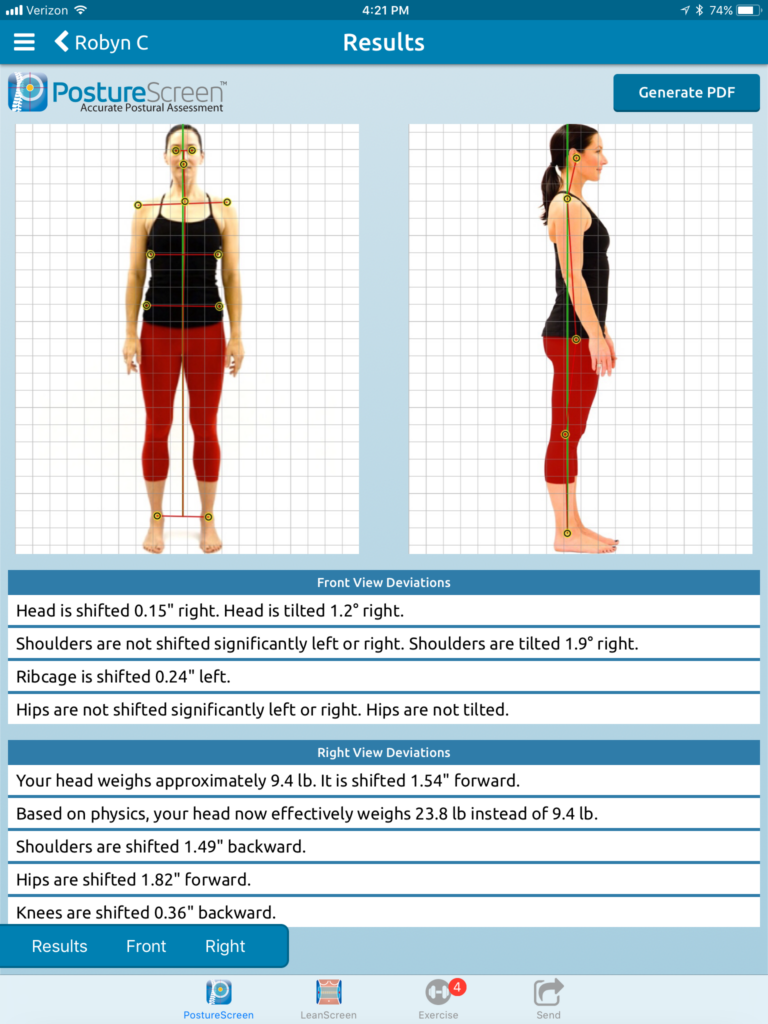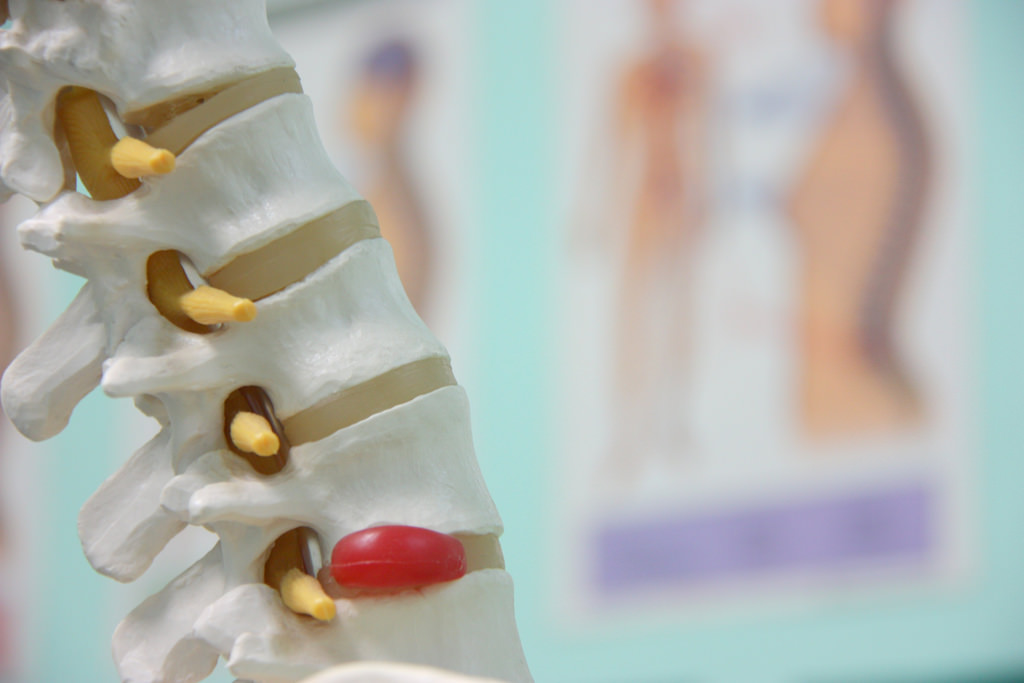Are you familiar with the diagnosis disc herniation or disc bulge? Are you wondering what to do with this diagnosis? Not to worry, we are here to help!
Disc herniation is a really interesting topic in the medical world because research shows that the amount of pain a patient experiences is not correlated with the amount of disc herniation. What this means is that the severity of your disc herniation doesn’t determine how you might feel. Maybe you might have a very severe disc herniation in the low back but you might not feel that bad.
Before we get into the details of managing disc herniation, let us take a look at the different types of disc herniations.
- Degeneration: this may include any or all of the following: desiccation, fibrosis, narrowing of the disc space, diffuse bulging of the annulus beyond the disc space and etc
- Protrusion is present if the greatest distance between the edges of the disc material presenting outside the disc space is less than the distance between the edges of the base of that disc material extending outside the disc space
- Extrusion is present the disc material beyond the disc space is greater than the distance between the edges of the base of the disc material beyond the disc space or when no continuity exists between the disc material.

You might be wondering how can chiropractic help with the condition of disc herniation? Have you heard stories where your friend sneezed or coughed and their disc “popped-out”? Let us take a look at the spinal anatomy. The spine is designed so that vertebrae bones are stacked on top of one another providing support while protecting the spinal cord. The spine needs to have curves in order to support our body. It needs to have a -42 degree curvature in the neck, 37 degree curvature in the mid back and -40 degree curvature in the low back.
When the spine little curve, no curve or even the wrong curve, it can put a lot of extra stress on the disc causing an imbalance of load to the spine. As the disc degenerates from poor posture or injuries, the softer central portion can break through the surrounding outer ring. This is why even coughing can cause disc herniation; the protective mechanism of the disc is already gone.

When you are in our office, the first thing we do is examine your spine for the proper functions of the spine and nervous system. Chiropractic is proactive health rather than reactive health. We help prevent pre-matured degeneration of the spine by correcting misalignments in the individual vertebral bones. We also correct any false biomechanical curvatures of the spine that put heavy stress and load on the disc thus preventing disc herniations. When you do experience symptoms related to disc herniation, in our office, we have specific axial decompression tractions and flexion distraction tractions to help you get relieve from the disc herniation. Our team of doctors can also recommend care based on the severity of your condition.

Patients with disc herniation might experience symptoms like numbness and tingling in the hands or feet and/or inability to feel hold/cold sensations in the arms/legs. It is important to understand that disc herniation is diagnosed through specific exams and image modalities such as MRI. It is important to consult a health care professional before coming to any conclusions regarding your health.
Sources
Milette PC, Melancon D, Dupuis P, et al. A simplified terminology for abnormalities of the lumbar disc. Can Assoc Radiol J 1991;42: 319–25.




